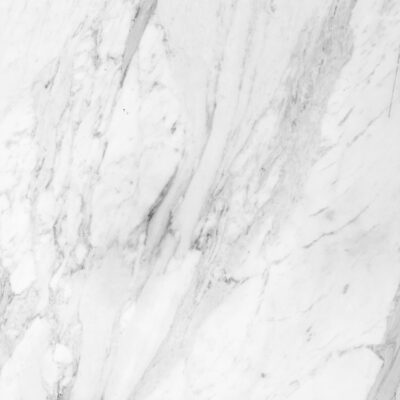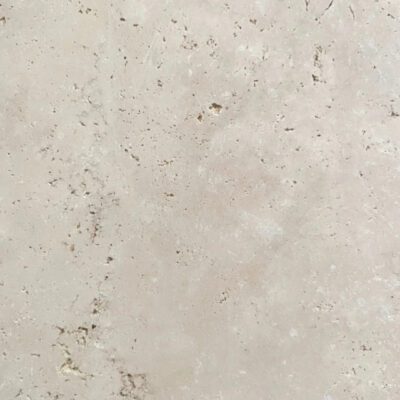At Lithic Australia we understand our stone and the application intimately. We only offer materials that meet the most stringent technical requirements. Salt resistance is one of those requirements and the below gives a better understanding of why it is so important to consider in natural stone.
Salt resistance is one of many measures we use to assess the suitability of stone for separate applications. As its name suggests it is a primary test to indicate the suitability of the material in high salt and salt solution environments like pool surrounds and coastal environments. It is also a good indicator of general chemical resistance and suitability to wet dry and freeze thaw environments. This is due to the properties within the stone. What makes a stone high performing against salt also indicates a strong resistance to freeze thaw and wet dry.
Salt attack occurs when a solution high in salt (salt can come in many different forms) saturates the internal structure of the stone. As the solution dries it leaves behind salt crystals that grow within the open pores of the stone. Over time this crystal grows with each wet dry cycle increasing the pressure within the stone structure that it occupies. Once this pressure reaches a critical point it then causes a micro failure in the stone where a small amount of material is dislodged to relieve the build up of pressure. Initially this will look like a slight “roughing’ of the stone surface but untreated it will increase exponentially in effect. This will result in major structural and aesthetic changes to the stone.

Two simple maintenance processes exist in caring for natural stone in high salt environments. Even great maintenance will not overcome poor stone selection. Working with a Lithic team member to nominate a suitable material is the easiest way to ensure the right material for a project. Cleaning and thorough rinsing with ph neutral detergents can dissolve and allow the transportation of salt and mineral away from the natural stone. This prevents the build up of salt reaching a critical point and prevents resulting damage. Alternatively, the use of certain sealers can prevent the wetting of the stone and as a result prevent the build up of salt within the stone.
The below table is an extract from Stone Initiatives- Resistance to Salt attack: A Versatile Tool for Determining Durability. This a good reference for basic material selection.
The % weight loss in the table refers to the results of an AS/NZ 4456.10 salt resistance test.
| WEIGHT LOSS (%) | GRADE | ENVIRONMENTAL SUSTAINABILITY GUIDELINES |
| <0.1 | AA | Aggressive environments, constant wetting and drying and exposure to salt attack |
| 0.1 – 1 | A | Exposed to continual wetting and drying or moderate salt attack |
| 1 – 5 | B | Exposed to intermittent wetting and drying or moderate level salt attack |
| 6 – 10 | C | Exposed to infrequent wetting and drying or low level salt attack |
| >10 | D | Sheltered locations free from exposure to salt attack; additional engineering practices may be required to protect the stone in harsher environments. |





